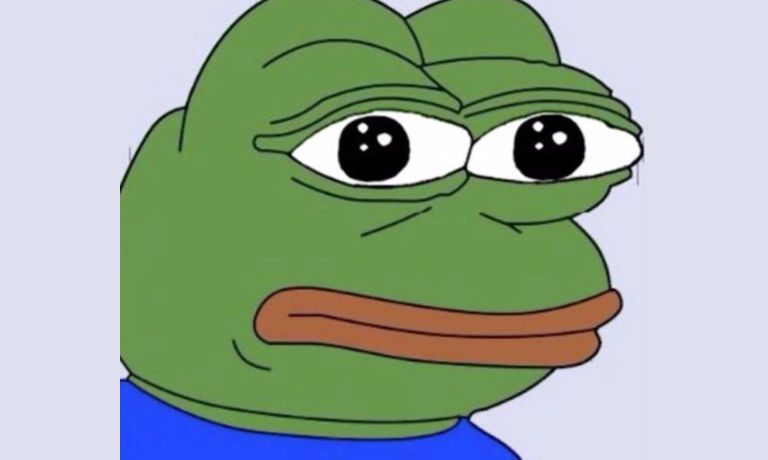If you’ve spent time on the internet, you’ve seen a meme. Memes appear as funny pictures, short videos, GIFs, or text jokes that spread quickly across social media platforms like Reddit, TikTok, Instagram, Twitter/X, Facebook, and Tumblr. They carry humour, sarcasm, or commentary, but they also act as cultural signals, shared inside groups and communities.
What Is a Meme?

A meme is more than just an online joke. In internet culture, a meme is a piece of content—an image, phrase, sound, or video—that people copy, remix, and share. It changes slightly each time, but the meaning or the joke remains.
The word meme comes from Richard Dawkins, who introduced it in his 1976 book The Selfish Gene. He described a meme as a “cultural gene,” an idea that spreads from person to person, just like genes spread biological traits. Online, the term took on a life of its own, shifting from academic use into digital communication.
History of the Word Meme
The original meaning from Dawkins was about how ideas, songs, stories, and customs spread through human culture. When the internet arrived, forums and early websites like 4chan, Something Awful, and Tumblr began using the word to describe viral jokes and images. By the late 2000s, sites like Know Your Meme started documenting memes like Rickroll, Doge, and Pepe the Frog, turning the word into a part of everyday online language.
How Memes Spread Online?

Memes spread because they’re easy to copy and fun to share. They move fast through:
- Social media platforms like Reddit (subreddits such as r/memes), TikTok (viral audio clips and dances), and Twitter/X (reaction memes).
- Image macros and templates that allow users to add their own captions.
- Community inside jokes that turn niche ideas into global viral content.
- Remix culture, where a meme changes form—an image becomes a GIF, then a TikTok video, then a sound effect on Instagram Reels.
Common Meme Formats
Memes don’t all look alike. Some are pictures with a few words, others are videos millions watch on TikTok. Each type has its own style and way of spreading.
1. Image Macros
These are the classic memes many people first think of. A single picture is paired with short text, often bold white captions at the top and bottom. The meaning changes with the caption, but the photo stays the same.
Examples include Doge, a Shiba Inu with colorful comic-style words, and Grumpy Cat, which became the internet’s symbol of annoyance. Modern versions like Distracted Boyfriend show how stock photography has been turned into meme templates.
2. GIFs and Reaction Memes
Reaction memes work best in fast conversations. They often appear as short looping GIFs or stills that show an emotion instantly.
- Crying Jordan is used to show sadness or failure.
- Kermit sipping tea signals sarcasm or quiet judgment.
- A GIF of Michael Jackson eating popcorn is shared when someone is watching drama unfold.
Because they’re so easy to share in chats on Twitter/X, Discord, and Reddit, reaction memes have become a universal internet language.
3. Video and TikTok Memes
Short-form video has created an entirely new branch of memes. Apps like TikTok, YouTube Shorts, and Instagram Reels push trends built around sounds, dances, or edited clips.
One of the earliest video memes was Rickrolling, where users are tricked into watching Rick Astley’s music video. TikTok then made memes interactive: a single sound bite might inspire dance routines, lip-syncs, or completely original remixes. Unlike static images, these memes rely on timing and creativity to spread.
4. Text Memes and Copypasta
Not all memes use visuals. Some are just text blocks that spread because they’re copied word-for-word across forums and chats. These are called copypastas.
One of the best-known is the Navy SEAL copypasta, a long, over-the-top brag about military skills. Another is Shrek Is Love, Shrek Is Life, a bizarre short story that went viral. The humor often comes from the excessive detail or absurd tone rather than an image.
Examples of Iconic Memes
Some memes became so big that they are recognised outside the internet:
- Pepe the Frog: once a comic character, later an internet staple.
- Distracted Boyfriend: stock photo turned into a global symbol of temptation.
- Doge: a Shiba Inu dog with broken English captions.
- Rickroll: tricking users into watching Rick Astley’s Never Gonna Give You Up.
- Woman Yelling at Cat: meme of a white cat sitting at a dinner table while a woman yells.
Why Memes Matter?
Memes aren’t only jokes. They are a new way of communication. Friends use memes to share moods, brands use them in marketing campaigns, and even politics uses memes to sway opinions. In finance, terms like meme stocks (GameStop, AMC) show how internet culture can impact real-world markets.
Memes also build community identity. A niche subreddit, a TikTok trend, or a Twitter hashtag can create shared culture between strangers.
The Future of Memes
Memes are evolving with technology. AI image generators and deepfakes now create memes at scale. Short-form video apps like TikTok and Instagram Reels are pushing sound-based memes into the mainstream. Even brands are hiring meme managers to keep up with trends.
As the internet grows, memes are likely to stay as one of the main ways people communicate, laugh, and share ideas.
Conclusion
A meme is more than a funny post—it’s a cultural unit that spreads online, copied and remixed through images, videos, GIFs, text, and audio. The idea started with Richard Dawkins, but the internet turned it into a tool for humour, identity, and influence.
Memes will continue shaping how people talk, from casual jokes to viral marketing campaigns and even global news. In short: memes aren’t just content, they’re part of modern culture.
I’ve been into SEO and blogging for over 7 years. I help websites show up higher on search engines. I really enjoy writing helpful guides, especially about gaming and tech stuff.
